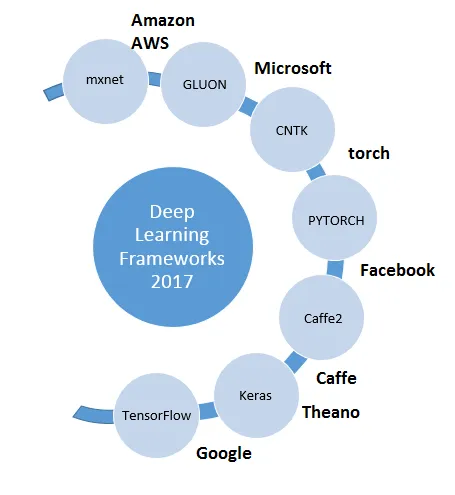
Hands-On Neural Networks with Keras
Design and create neural networks using deep learning and artificial intelligence principles
Niloy Purkait
- 462 pages
- English
- ePUB (mobile friendly)
- Available on iOS & Android
Hands-On Neural Networks with Keras
Design and create neural networks using deep learning and artificial intelligence principles
Niloy Purkait
About This Book
Your one-stop guide to learning and implementing artificial neural networks with Keras effectively
Key Features
- Design and create neural network architectures on different domains using Keras
- Integrate neural network models in your applications using this highly practical guide
- Get ready for the future of neural networks through transfer learning and predicting multi network models
Book Description
Neural networks are used to solve a wide range of problems in different areas of AI and deep learning.
Hands-On Neural Networks with Keras will start with teaching you about the core concepts of neural networks. You will delve into combining different neural network models and work with real-world use cases, including computer vision, natural language understanding, synthetic data generation, and many more. Moving on, you will become well versed with convolutional neural networks (CNNs), recurrent neural networks (RNNs), long short-term memory (LSTM) networks, autoencoders, and generative adversarial networks (GANs) using real-world training datasets. We will examine how to use CNNs for image recognition, how to use reinforcement learning agents, and many more. We will dive into the specific architectures of various networks and then implement each of them in a hands-on manner using industry-grade frameworks.
By the end of this book, you will be highly familiar with all prominent deep learning models and frameworks, and the options you have when applying deep learning to real-world scenarios and embedding artificial intelligence as the core fabric of your organization.
What you will learn
- Understand the fundamental nature and workflow of predictive data modeling
- Explore how different types of visual and linguistic signals are processed by neural networks
- Dive into the mathematical and statistical ideas behind how networks learn from data
- Design and implement various neural networks such as CNNs, LSTMs, and GANs
- Use different architectures to tackle cognitive tasks and embed intelligence in systems
- Learn how to generate synthetic data and use augmentation strategies to improve your models
- Stay on top of the latest academic and commercial developments in the field of AI
Who this book is for
This book is for machine learning practitioners, deep learning researchers and AI enthusiasts who are looking to get well versed with different neural network architecture using Keras. Working knowledge of Python programming language is mandatory.
Frequently asked questions
Information
Section 1: Fundamentals of Neural Networks
- Chapter 1, Overview of Neural Networks
- Chapter 2, Deeper Dive into Neural Networks
- Chapter 3, Signal Processing – Data Analysis with Neural Networks
Overview of Neural Networks
- Defining our goal
- Knowing our tools
- Understanding neural networks
- Observing the brain
- Information modeling and functional representations
- Some fundamental refreshers in data science
Defining our goal
Knowing our tools

Keras

- Easy and fast prototyping
- Supports implementation of several of the latest neural network architectures, as well as pretrained models and exercise datasets
- Executes impeccably on CPUs and GPUs